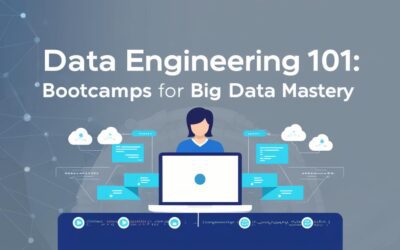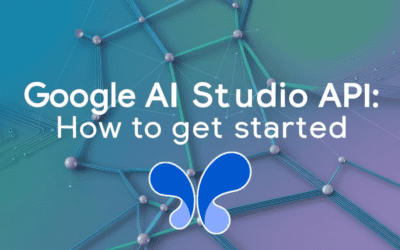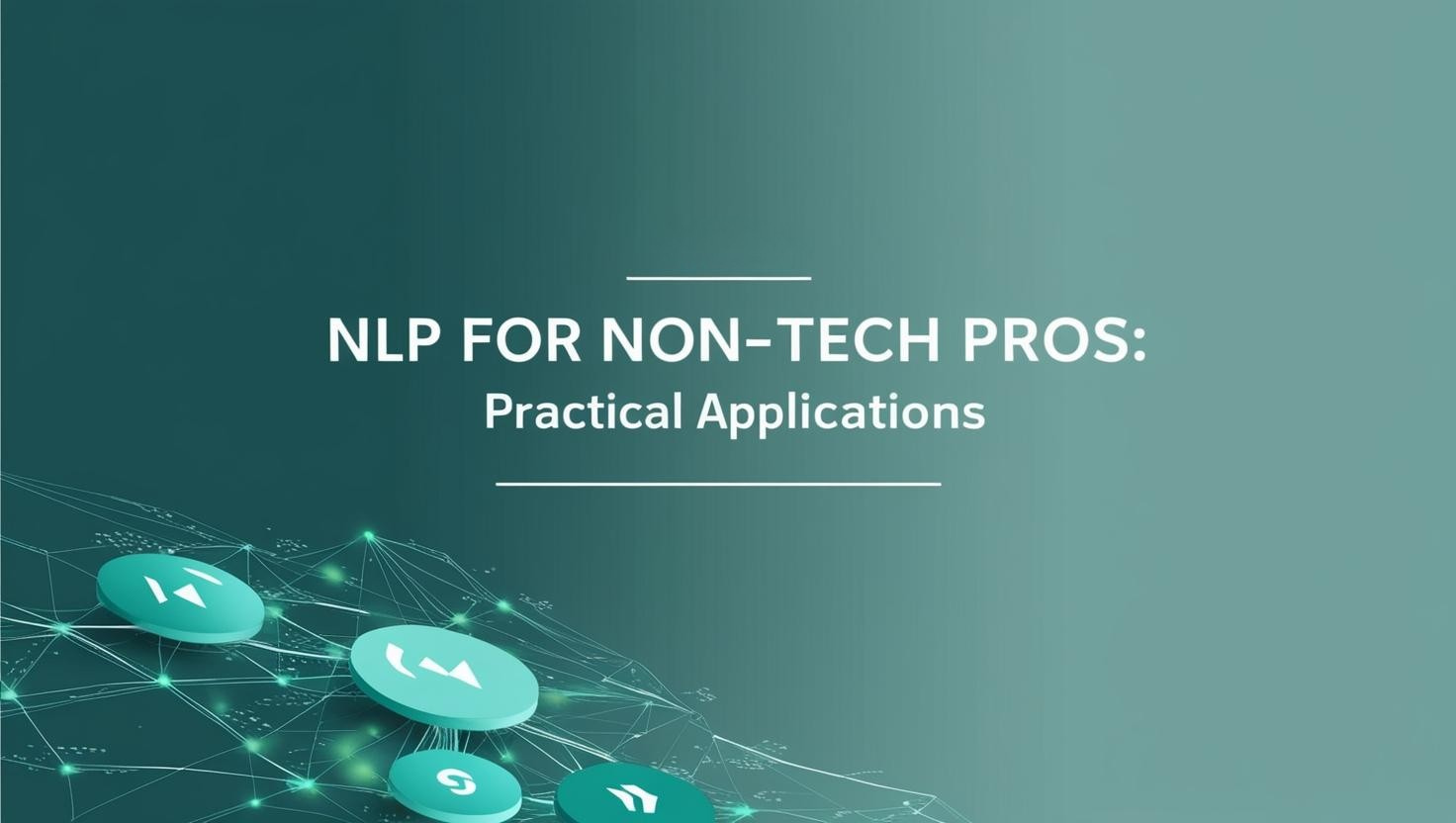In today’s data-driven world, the ability to extract meaningful insights from text has become a game-changer for businesses. Enter Natural Language Processing (NLP)—a branch of artificial intelligence that enables computers to understand, interpret, and generate human language. Once the domain of data scientists and developers, NLP tools are now accessible to non-technical professionals, empowering business analysts, marketers, and others to harness the power of language data like never before.
This post is designed for NLP for non-technical professionals, offering a clear, actionable guide to understanding and applying NLP tools in your daily work. Whether you’re looking to automate repetitive tasks or uncover hidden insights from customer feedback, NLP can transform the way you operate.
Understanding NLP for Non-Technical Professionals
What is NLP?
Natural Language Processing, or NLP, is a technology that allows machines to interact with human language. It combines linguistics, computer science, and machine learning to enable computers to “understand” text or speech in a way that mimics human comprehension. For non-developers, this means you can use NLP tools to analyze large volumes of text—such as customer reviews, social media posts, or survey responses—without needing to write a single line of code.
Why is NLP Relevant for Non-Developers?
The rise of user-friendly NLP platforms has democratized access to this powerful technology. Business analysts and marketers can now leverage NLP to:
- Extract insights from unstructured data (e.g., customer feedback).
- Automate tasks like categorizing emails or generating reports.
- Enhance decision-making by understanding trends and sentiment.
In short, NLP tools allow you to work smarter, not harder, by automating time-consuming processes and surfacing actionable insights.
Key Applications for Business Analysts and Marketers
NLP offers a range of applications that can directly benefit non-technical professionals. Below are some of the most impactful ways to use NLP in your role.
1. Sentiment Analysis for Customer Feedback
Sentiment analysis uses NLP to determine the emotional tone behind text—whether it’s positive, negative, or neutral. For marketers, this is invaluable for understanding customer opinions at scale.
- How it works: NLP tools analyze customer reviews, social media mentions, or survey responses to classify sentiment.
- Benefits: Quickly gauge brand perception, identify pain points, and track the success of campaigns.
For example, a marketing team can use sentiment analysis to monitor reactions to a new product launch on social media, allowing them to respond proactively to negative feedback.
2. Text Classification for Data Organization
Text classification automatically categorizes text into predefined groups. This is especially useful for business analysts dealing with large datasets.
- How it works: NLP models are trained to recognize patterns in text and assign categories (e.g., spam vs. non-spam emails).
- Benefits: Streamline data organization, reduce manual sorting, and improve data accuracy.
Imagine a business analyst using text classification to automatically tag and sort customer inquiries, saving hours of manual work each week.
3. Named Entity Recognition (NER) for Key Information Extraction
NER identifies and extracts specific entities from text, such as names, dates, or locations. This is a powerful tool for extracting actionable insights from unstructured data.
- How it works: NLP tools scan text and highlight relevant entities based on predefined categories.
- Benefits: Quickly surface important details from reports, contracts, or customer communications.
For instance, a marketer could use NER to extract product names and features mentioned in customer reviews, helping to inform product development.
4. Chatbots for Customer Service Automation
NLP-powered chatbots can handle routine customer inquiries, freeing up time for more complex tasks.
- How it works: Chatbots use NLP to understand and respond to customer questions in natural language.
- Benefits: Improve response times, reduce workload, and enhance customer satisfaction.
A business analyst might implement a chatbot to handle FAQs, allowing the team to focus on higher-level strategy and analysis.
Real-World Examples & Statistics
The adoption of NLP tools is growing rapidly across industries. Here are some real-world examples and statistics that highlight their impact:
- Customer Insights: According to a 2023 report by Gartner, 70% of customer interactions will involve emerging technologies like NLP-powered chatbots by 2025.
- Marketing Optimization: A study by McKinsey found that companies using NLP for sentiment analysis saw a 20% increase in customer satisfaction scores.
- Data Automation: Forbes reports that businesses automating data classification with NLP reduced manual processing time by up to 50%.
These examples demonstrate how NLP is not just a theoretical concept but a practical tool driving real business outcomes.
Actionable Insights & Best Practices
Ready to start using NLP in your work? Here are some practical steps and best practices to help you get started.
1. Choose the Right NLP Tool
There are several user-friendly NLP platforms designed for non-developers:
- MonkeyLearn: Offers pre-built models for sentiment analysis and text classification.
- Google Cloud NLP: Provides powerful APIs for entity recognition and sentiment analysis.
- IBM Watson: A versatile platform with tools for text analysis and chatbot creation.
Start by exploring these tools and selecting one that aligns with your specific needs.
2. Start Small and Scale
Begin with a small project, such as analyzing customer feedback from a recent campaign. Once you’re comfortable, scale up to more complex tasks like automating report generation.
3. Integrate NLP into Existing Workflows
Look for opportunities to embed NLP tools into your current processes. For example:
- Use sentiment analysis to enhance your social media monitoring.
- Implement text classification to organize and prioritize incoming emails.
4. Monitor and Refine
NLP models improve with feedback. Regularly review the outputs and refine your models to ensure accuracy and relevance.
Conclusion
Natural Language Processing is no longer reserved for tech experts. By embracing NLP tools, business analysts, marketers, and other non-technical professionals can unlock new levels of efficiency, insight, and automation. From understanding customer sentiment to automating routine tasks, NLP offers a competitive edge in today’s fast-paced business environment.
Start exploring NLP solutions today to transform the way you work. Whether you’re looking to extract deeper insights or streamline your operations, the power of NLP is at your fingertips.


















